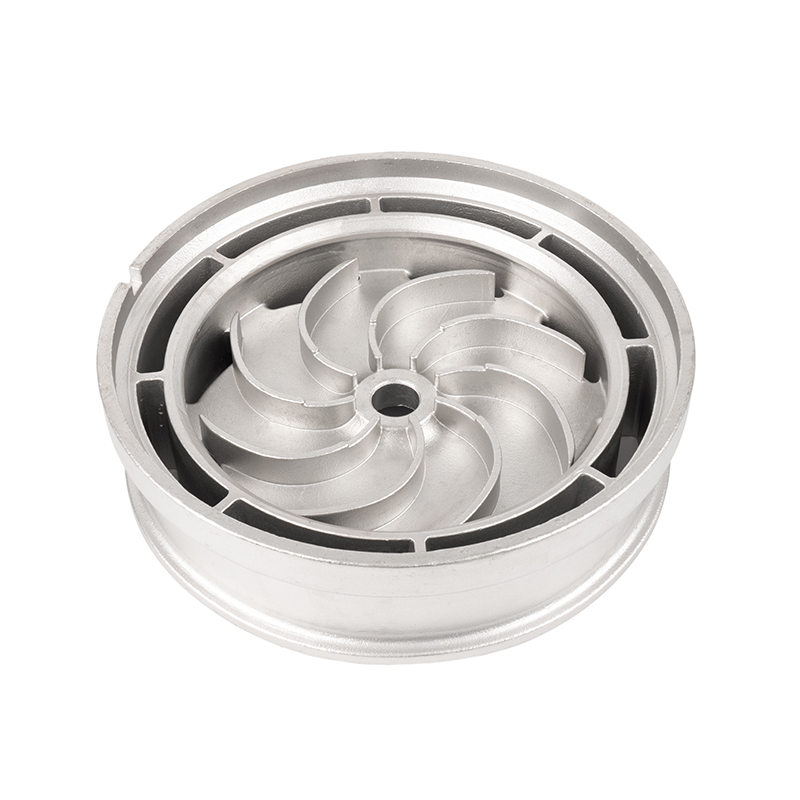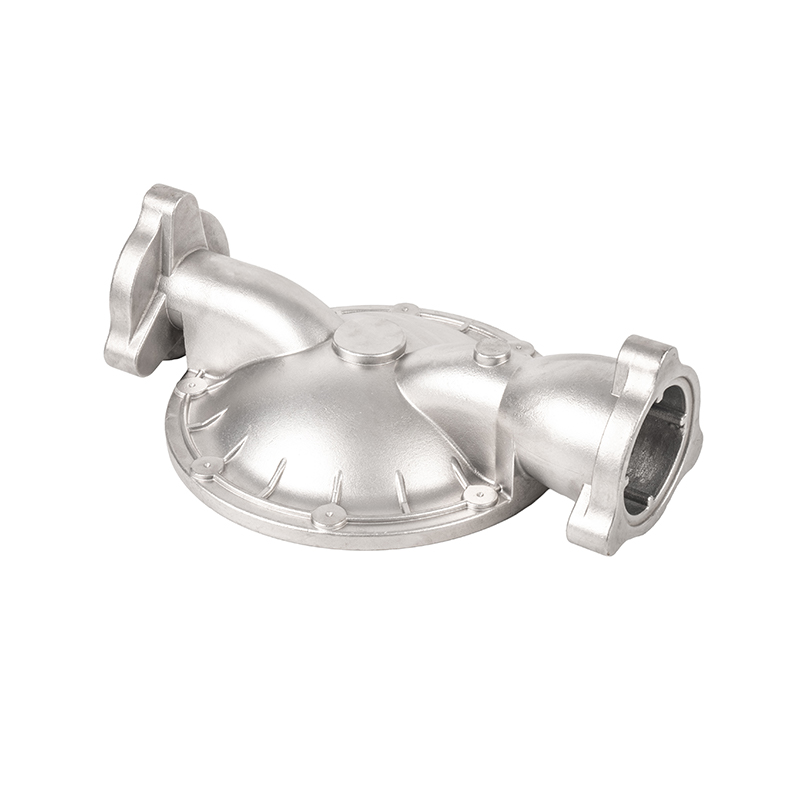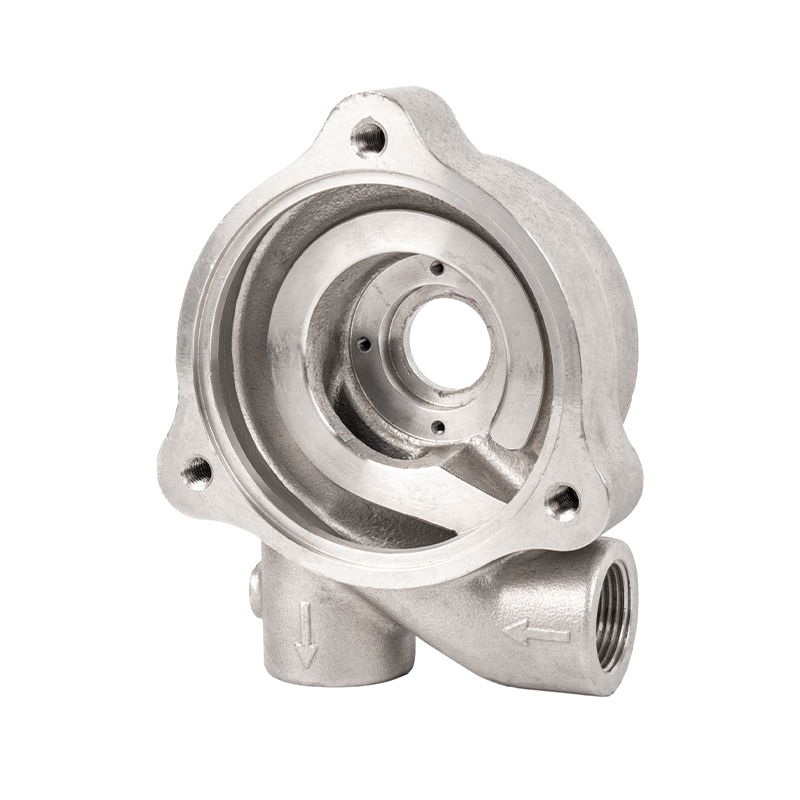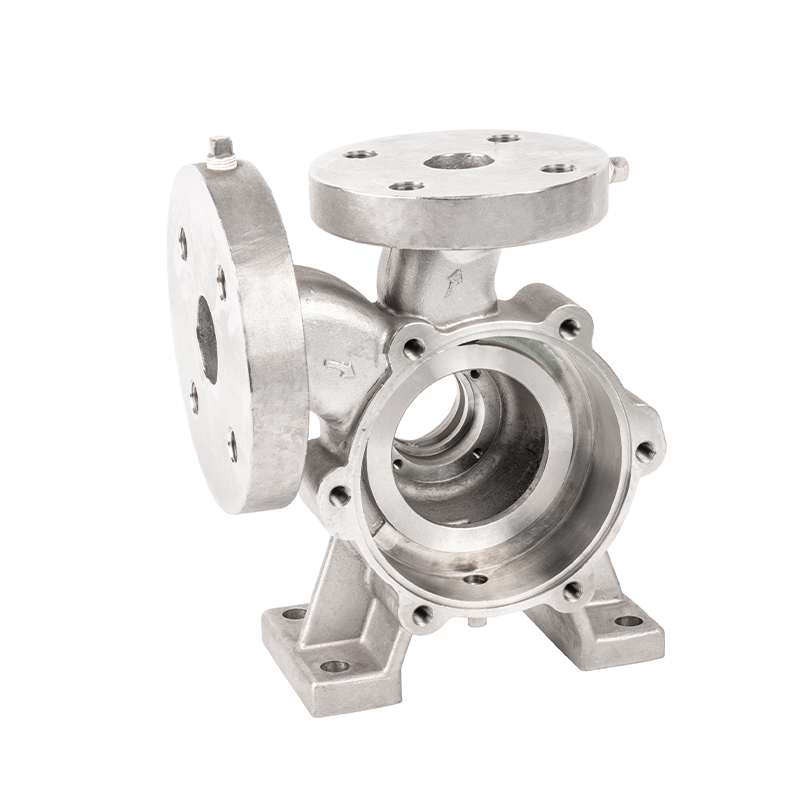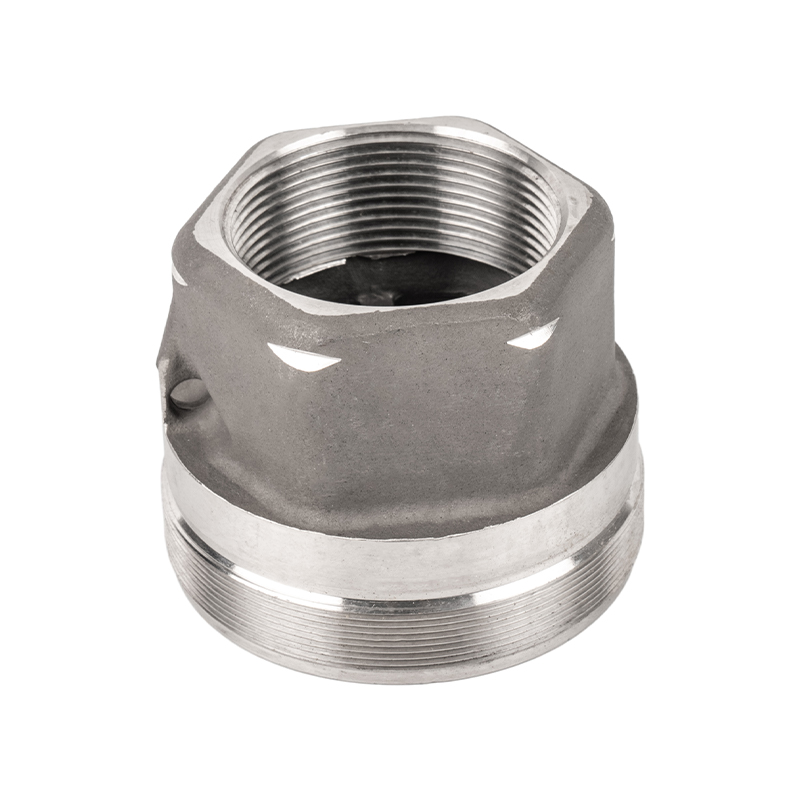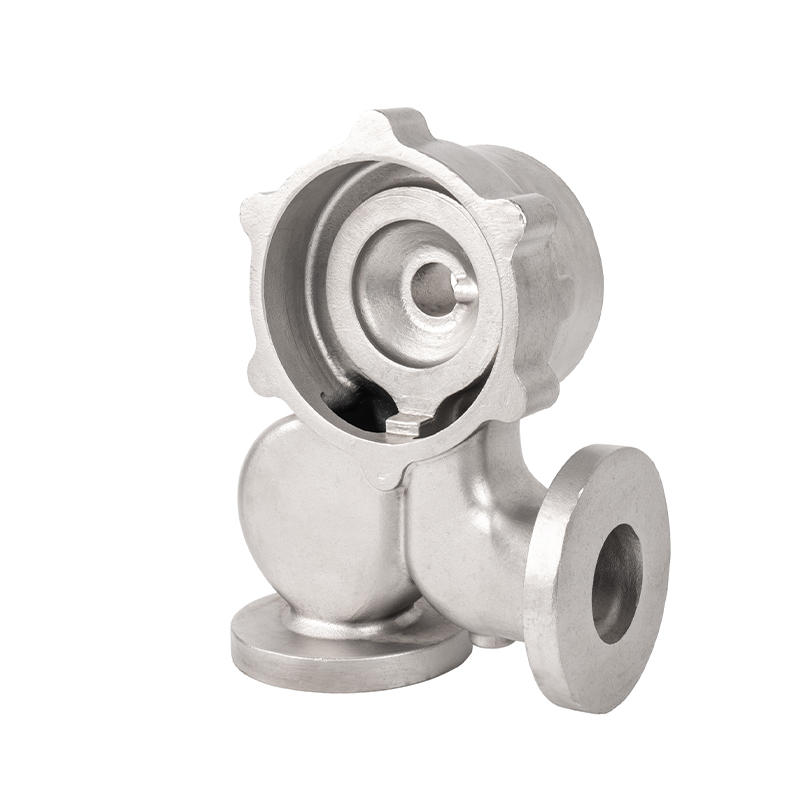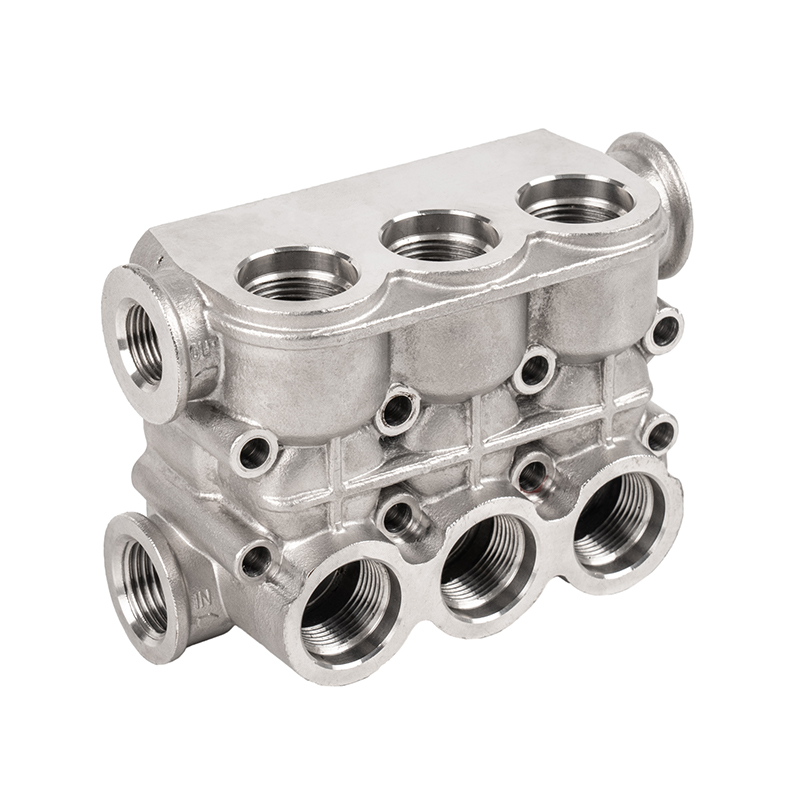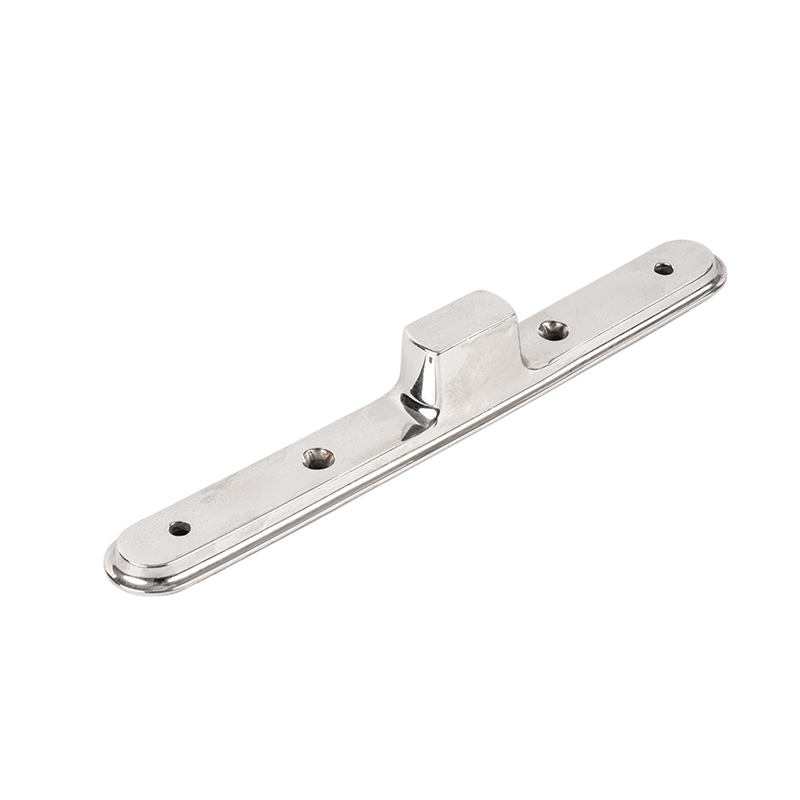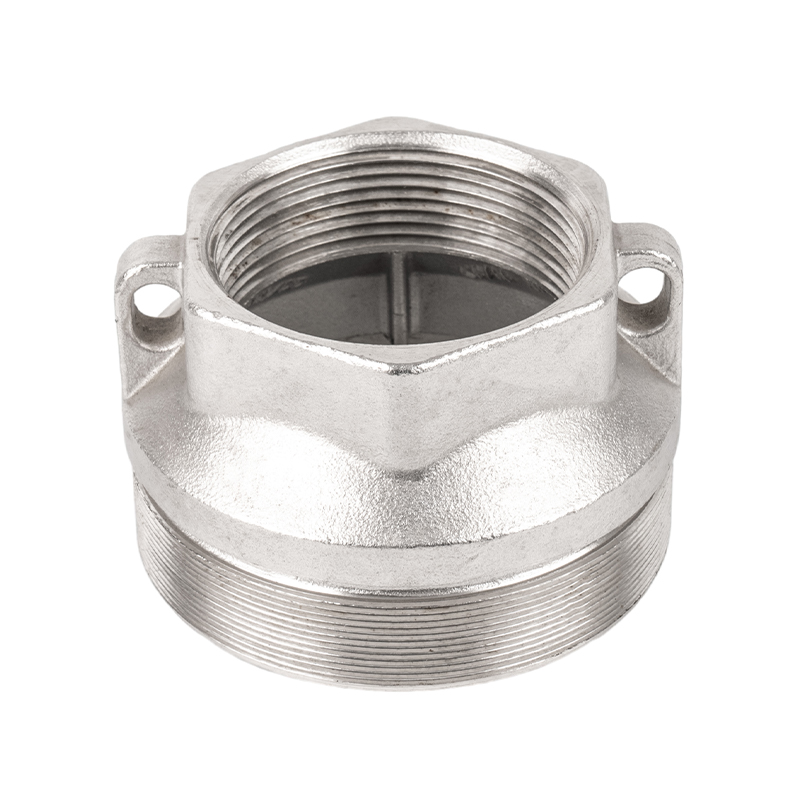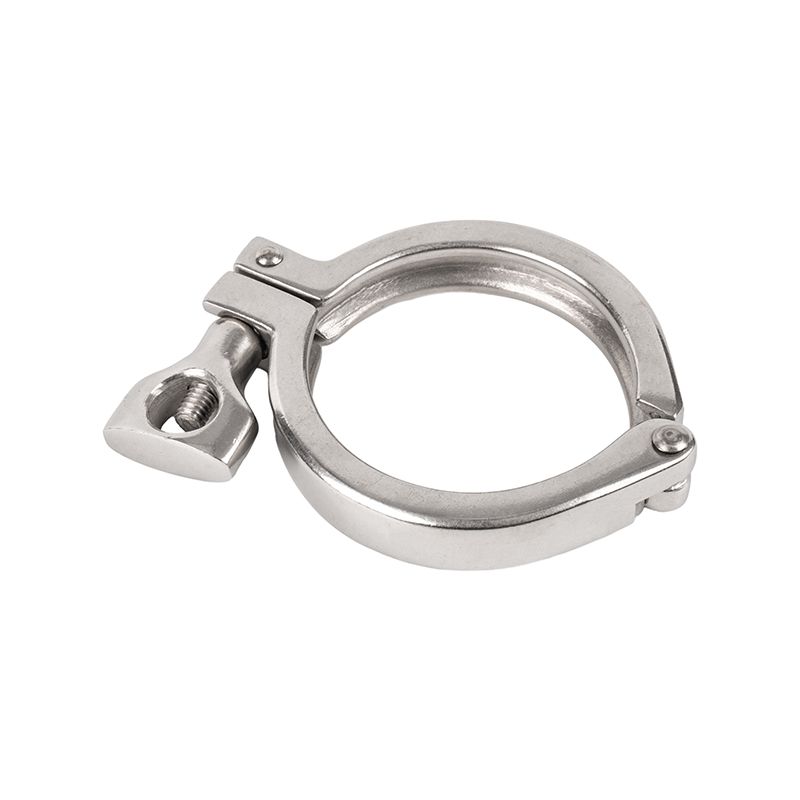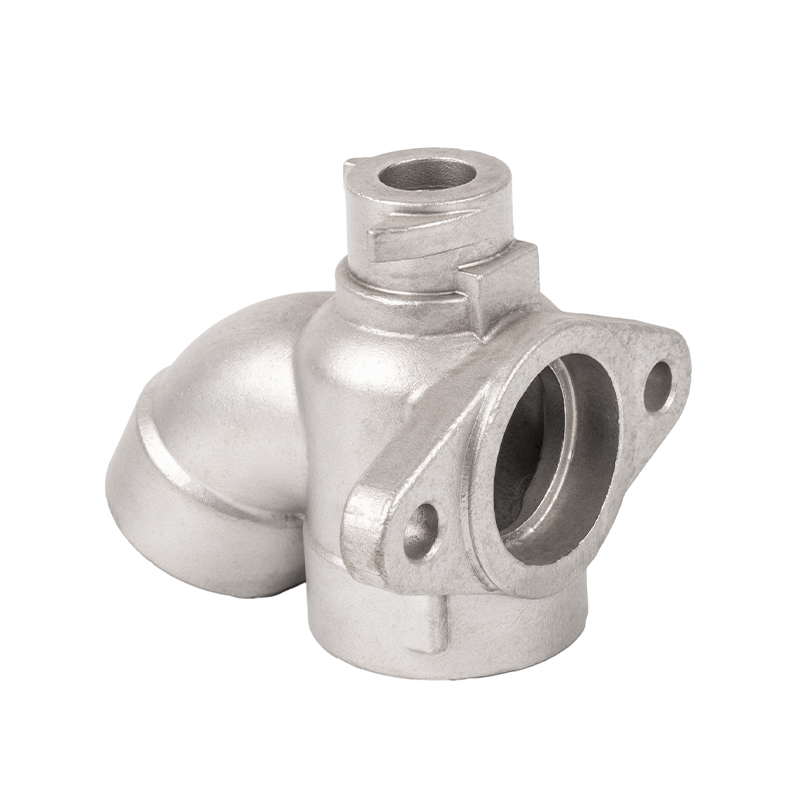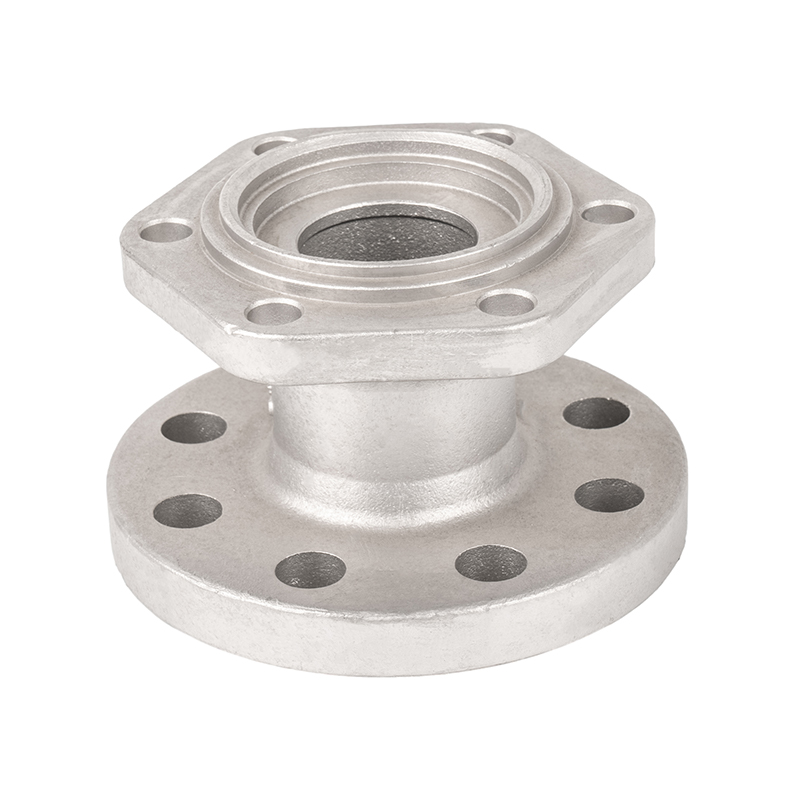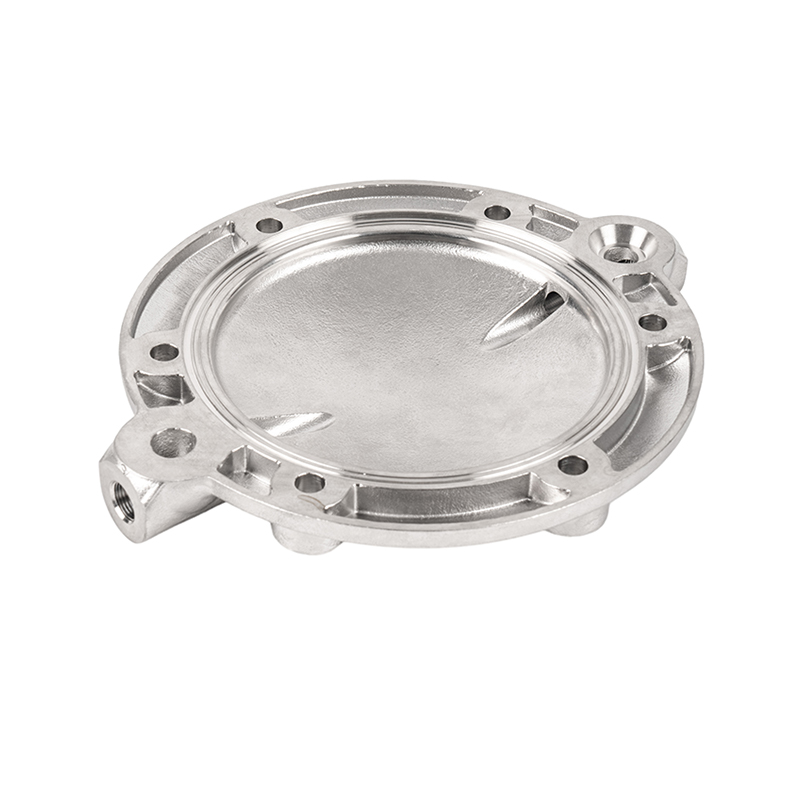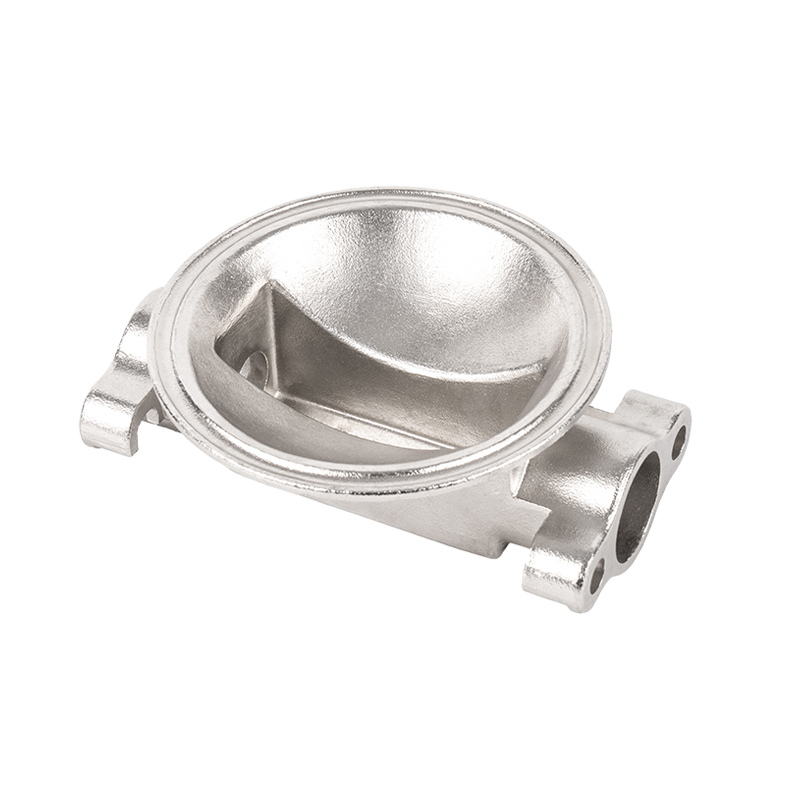Which casting process is best suited to produce high-precision, complex-geometry swirl impellers
Investment Casting Process and Core Advantages
Investment casting, also known as lost wax casting, is based on the concept of using a meltable wax or plastic mold to replicate the finely detailed shape of the final casting. The entire process begins with the fabrication of a precision mold. A wax injection machine then mass-produces highly accurate wax patterns. These wax patterns are assembled manually or mechanically into a wax tree. The next key step is shell formation: the wax tree is dipped into a specific slurry (such as silica sol) and then sprinkled with refractory sand. This process is repeated repeatedly until a multi-layered ceramic shell of sufficient thickness and strength is formed on the surface of the wax pattern. After the shell dries and solidifies, steam or heat are used to melt and expel the wax pattern inside, leaving a hollow ceramic cavity that precisely replicates the shape of the impeller. After high-temperature firing, molten metal is poured into the cavity. After solidification and cooling, the shell is broken, and the finished casting is removed for cutting, polishing, and subsequent heat treatment.
This complex process gives investment casting advantages that are unmatched by other casting methods. First, high precision is the most notable feature of investment casting. Because the mold cavity is created from a precise wax pattern and the ceramic shell exhibits minimal shrinkage after firing, investment casting can achieve dimensional tolerances as high as CT4-CT6, far superior to sand and metal casting. This is crucial for the Swirl Impeller's critical geometric parameters, such as blade clearance, blade thickness, and blade angle, which directly impact its hydraulic performance.
Second, investment casting can produce castings with complex geometries. Swirl Impeller blades typically feature three-dimensional, twisted free-form surfaces, with numerous blades closely spaced, and complex internal flow paths. These complex features are difficult to achieve using traditional casting methods, but investment casting can perfectly replicate every detail of the wax pattern, including the complex flow paths and blade curvature, without the need for additional machining, significantly reducing post-processing workload and costs.
Furthermore, excellent surface quality is another key selling point of investment casting. Because the shell is made from fine ceramic powder, the surface roughness of the casting can reach Ra3.2-6.3µm, significantly reducing surface defects such as pinholes and sand inclusions. A smooth surface effectively reduces frictional resistance within the impeller, improving pumping efficiency, reducing cavitation and wear, and extending the impeller's service life.
Comparison with Other Casting Processes
Comparing investment casting with sand casting and metal mold casting can more clearly understand its unique advantages in Swirl Impeller production.
Sand casting offers lower costs and is suitable for producing larger castings with less stringent precision requirements. However, its major drawback is its poor dimensional accuracy and surface quality, often requiring extensive subsequent machining to meet requirements. The Swirl Impeller's complex blade structure makes it difficult to achieve the design requirements for blade clearance and thickness using sand casting. Blade surface defects such as pinholes and sand inclusions are also prone to occur, impacting fluid performance.
Metal mold casting (such as pressure die casting) can achieve better dimensional accuracy and surface quality, but its mold costs are extremely high, and mold structure is limited by draft angles and parting surfaces, making it unsuitable for producing castings with complex internal flow paths like the Swirl Impeller. Furthermore, metal mold casting is typically used to cast low-melting-point alloys and is not suitable for wear-resistant and corrosion-resistant Swirl Impellers made of specialty stainless steel or high-chromium cast iron.
Specific Applications of Investment Casting in Swirl Impeller Production
In actual production, investment casting technology can perfectly address many challenges in Swirl Impeller manufacturing. For example, to ensure impeller wear resistance, this process can cast a variety of high-hardness, high-wear-resistant materials, such as stainless steel (SS316L, CF8M), duplex stainless steel (CD4MCU), and high-chromium cast iron (Cr26), which are critical for handling wastewater and slurries containing solid particles.
Furthermore, due to the high dimensional consistency of investment casting, Swirl Impellers produced within the same batch are highly interchangeable, reducing maintenance costs for customers. The internal structure of the casting is also denser, free of shrinkage and porosity, which can be verified through non-destructive testing (NDT) such as X-rays or ultrasonic testing, ensuring the reliability of the impeller under high-load conditions.


 English
English Español
Español русский
русский 中文简体
中文简体

